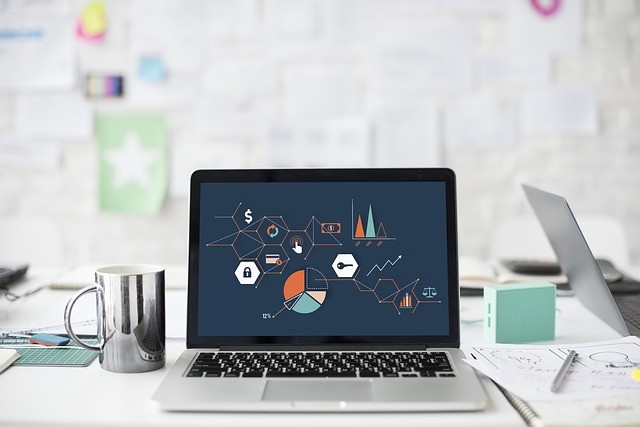
Why Now is the Best Time to Invest in ERP
In last week’s blog, I discussed the warning signs that you need Enterprise Resource Planning (ERP) and the challenges involved in achieving a competitive advantage. Since the overall goal of ERP is cost savings, it’s essential to spend money in order to save money. So, let’s take a look at why now is the best time to make this investment.
Investing in an ERP solution is now more affordable than it has ever been. With so many resources available to you during the decision process, evaluating alternatives is no longer as tiresome. With an array of online materials, testimonials, and various solution demos, it is easy to perform some preliminary qualifications by using your own research before even contacting a solution provider. Keep in mind, though, even with the resources available online, don’t make the mistake thinking you are fully informed about ERP. It’s important to recognize that many ERP solution providers have made enormous strides in terms of underlying technology and infrastructure. With this ease of use and faster innovation, online knowledge can get outdated rather quickly and it is important to hear what each solution provider has to say.
The functionality of ERP is delivered through two types of channels, horizontal and vertical. “Horizontal” ERP efforts cover the features and functions that any business requires, while “vertical” covers any industry-specific functionality. What this means is that no ERP solutions are “one fits all,” and good thing because that vertical aspect is what allows you to differentiate yourself from competitors. Additionally, when considering your ERP options, it is important to take into consideration how any added functionality is delivered. By looking at the solution’s features and determining your specific needs, you can introduce an added level of complexity to the solution to meet those needs. The good thing is that many solutions today can be pre-configured with implementation templates, which gives you an initial look into what you’ll be working with and also streamlines the implementation process.
So, what do you want to look for when shopping for an ERP solution? First off, you want to look for role-based interfaces and configurable dashboards. This simply means you want a solution that allows you to configure what data you want to see, how you want to view it, and who has access to what. As long as the solution can be tailored to your requirements, you’re off to a good start considering it doesn’t take too much manipulation to underlying code to fulfill them.
Another reason now is the right time to implement ERP is the ease of use, especially for ERP solutions designed for small to medium sized organizations. There is less training involved as far as navigation goes, as it is pretty simple to initially make your way around the solution without any prior training or direction. Since ERP is a means by which you both standardize and improve business processes, the fact that the look and feel of the solution is most likely one you’re already familiar with makes the standardization that much easier. No longer do you need extensive technical skills to connect to the application and its data. This can simply be done from any computer with a browser. This web-enabled user interface is now among the “basics” of ERP, meaning it is versatile, eliminates the need to install and support software, and allows your company the choice of how the software is deployed and paid for.
Taking the above factors into account, you can certainly see why now is the ultimate time to invest in an ERP solution. The costs are low, the implementation process is a breeze, and it puts you on a path to gain a competitive industry advantage. What do you have to lose? Join our discussion next week on the types of ERP deployment options and how you can reap the benefits of a dynamic Enterprise Resource Planning solution.

